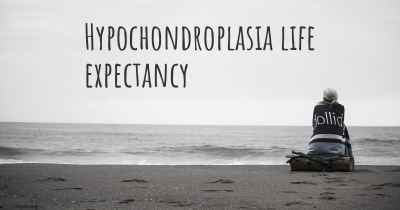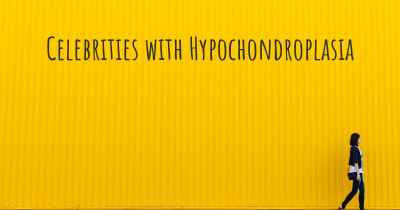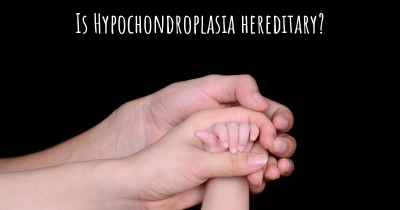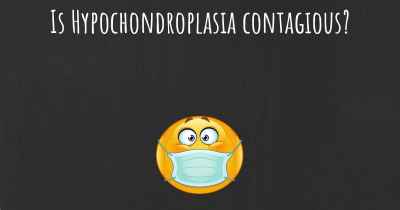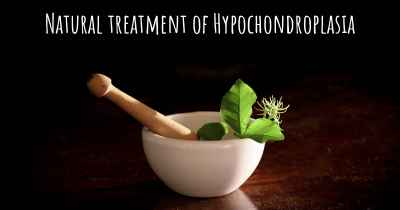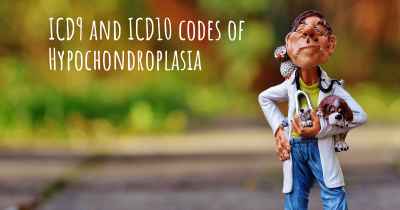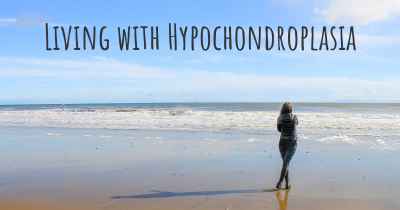Which are the symptoms of Hypochondroplasia?
See the worst symptoms of affected by Hypochondroplasia here
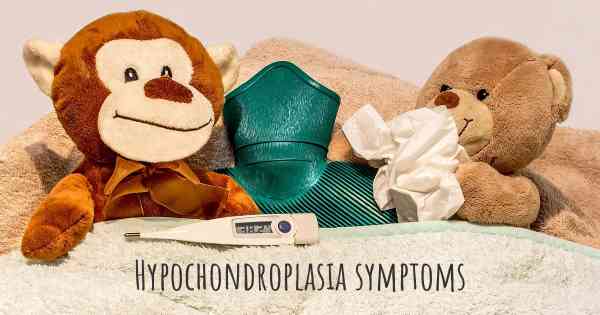
Hypochondroplasia is a genetic disorder that affects bone growth, resulting in short stature. It is a form of dwarfism, but individuals with hypochondroplasia typically have a slightly taller stature compared to other types of dwarfism.
Symptoms:
1. Short Stature: The most prominent symptom of hypochondroplasia is short stature. Adult height is usually between 4 feet 5 inches and 5 feet 5 inches, with the average being around 5 feet.
2. Disproportionate Limbs: Individuals with hypochondroplasia often have short arms and legs in proportion to their torso. The upper body may appear relatively longer compared to the lower body.
3. Broad Forehead: Many people with hypochondroplasia have a broad forehead, which may be more noticeable during childhood.
4. Midface Hypoplasia: Midface hypoplasia refers to underdevelopment of the middle part of the face. This can manifest as a flattened nasal bridge and a small nose.
5. Lumbar Lordosis: Lumbar lordosis is an excessive inward curvature of the lower spine. It can cause the buttocks to protrude more than usual.
6. Joint Problems: Some individuals with hypochondroplasia may experience joint problems, such as limited range of motion or joint pain. The joints most commonly affected are the hips, knees, and elbows.
7. Delayed Motor Milestones: Children with hypochondroplasia may have delayed motor milestones, such as sitting up, crawling, or walking, compared to their peers.
8. Normal Intelligence: Hypochondroplasia does not typically affect intellectual development. Individuals with this condition usually have normal intelligence and cognitive abilities.
9. Dental Issues: Some individuals with hypochondroplasia may have dental abnormalities, including crowded teeth, misalignment, or a high arched palate.
10. Recurrent Ear Infections: Children with hypochondroplasia may be more prone to recurrent ear infections due to the shape and size of their ear canals.
Hypochondroplasia is caused by mutations in the FGFR3 gene, which is involved in regulating bone growth. It is inherited in an autosomal dominant pattern, meaning that a child has a 50% chance of inheriting the condition if one parent carries the mutated gene.
Diagnosis of hypochondroplasia is typically based on clinical features and radiographic imaging. Genetic testing can confirm the presence of mutations in the FGFR3 gene.
While there is no cure for hypochondroplasia, management focuses on addressing specific symptoms and providing support. This may include regular monitoring of growth, physical therapy to improve mobility, and orthopedic interventions if joint problems arise.
In conclusion, hypochondroplasia is a genetic disorder characterized by short stature, disproportionate limbs, broad forehead, midface hypoplasia, lumbar lordosis, joint problems, delayed motor milestones, normal intelligence, dental issues, and recurrent ear infections. Early diagnosis and appropriate management can help individuals with hypochondroplasia lead fulfilling lives.
